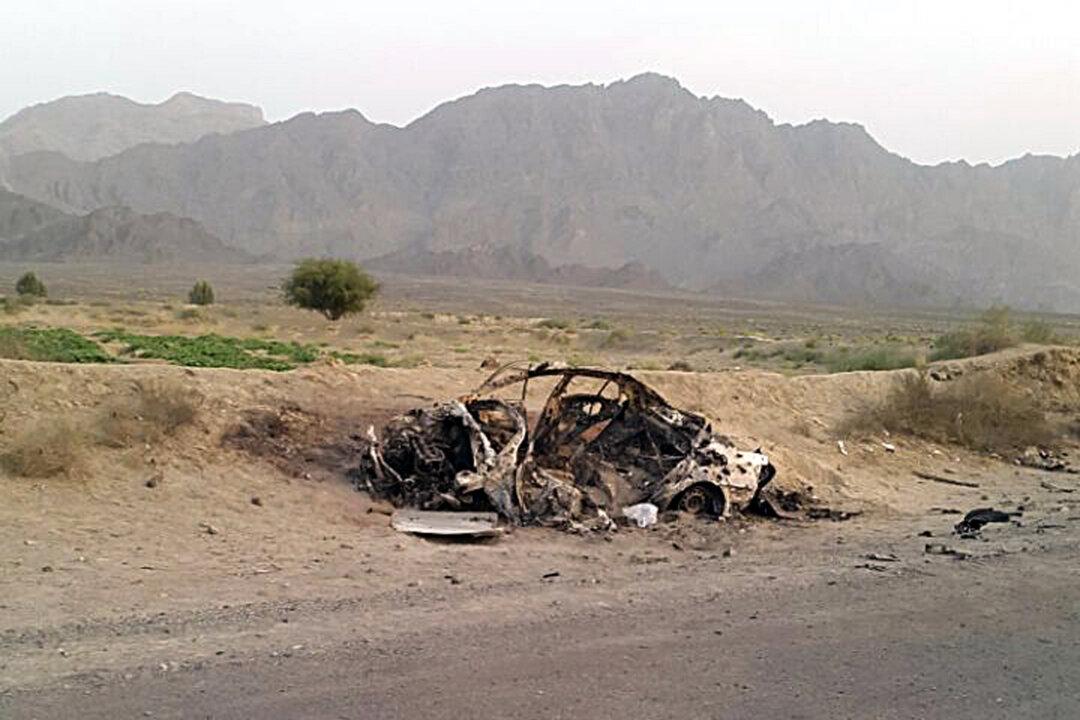The attack on students of the Bacha Khan University in Charsadda, northern Pakistan, played out according to what has become a disturbingly familiar pattern in the region.
It was what is described by armed Islamist groups there as a “fedayeen attack.” Fighters of the Pakistani Taliban, TTP, were equipped to blow themselves up, but first shot all those they encountered until they were cornered and shot by security forces.
In the run-up to the attack, TTP recruits had received commando-style training and been designated fedayeen, or fighters who are prepared to give up their lives for God. An experienced TTP commander, referred to as an “ustad,” or professor, directed covert surveillance of the university. The ustad then devised an operational plan, including delivering the men and weapons to Charsadda without detection. It is now standard practice for the TTP commander to direct the operation by phone, staying across the border beyond the reach of Pakistani security forces.

